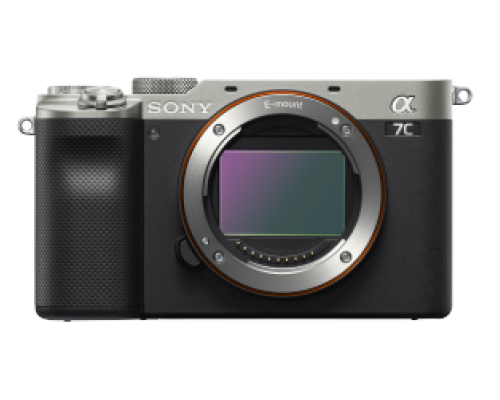
Sony Alpha camera supported by Sony SDK (Software Development Kit)

Sony Alpha camera supported by Sony SDK (Software Development Kit)
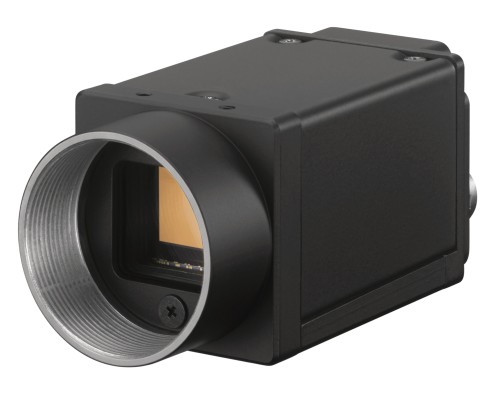
Digital Video Camera using various interfaces (USB, Gigabit Ethernet, Camera link)
Below are a selected list of case studies which demonstrate how Sony Industrial Camera products can be used to add value to our customers solutions.
We are always on the look out to promote solutions and highlight success stories which utilise Sony Industrial Cameras so if you would like to take part please tell us your story!
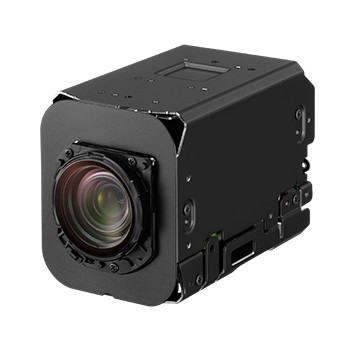
HarshCam, a highly ruggedized electro-optical camera system from Iberoptics, is engineered to deliver dependable, high-quality imaging in extreme environments where conventional vision systems struggle. Designed to maintain full zoom, focus, and clarity under severe shock, vibration, and temperature fluctuations, HarshCam ensures continuous performance when stability matters most
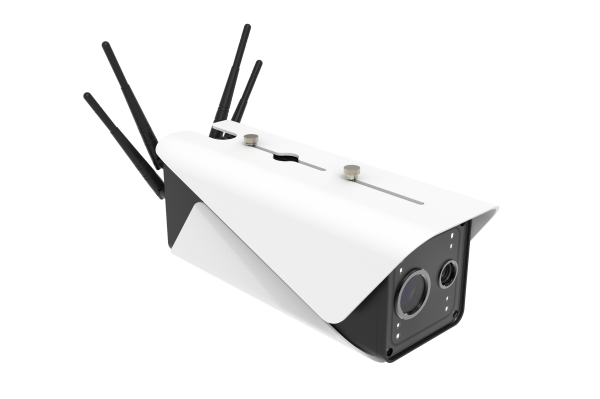
The partnership will see the development of the EYE6N0-S smart city camera with 3X to 25X optical zoom and clear 4K resolution in smooth flow of 60 frames per second
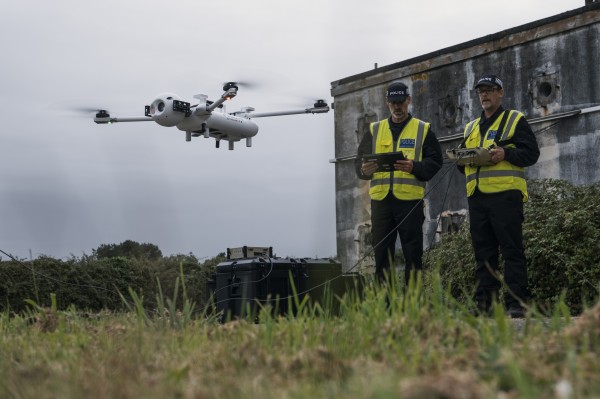
Sky Mantis 2 platform from Evolve Dynamics benefits from a 61-megapixel camera that allows 30X optical zoom
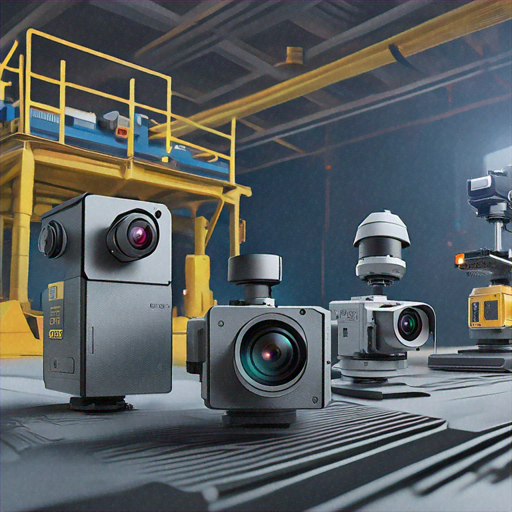
3D stereo, Time-of-Flight (ToF), and 3D LiDAR technologies enable machines to perceive and interact with the world in three dimensions, bringing about innovative use cases in manufacturing, automotive and smart cities.
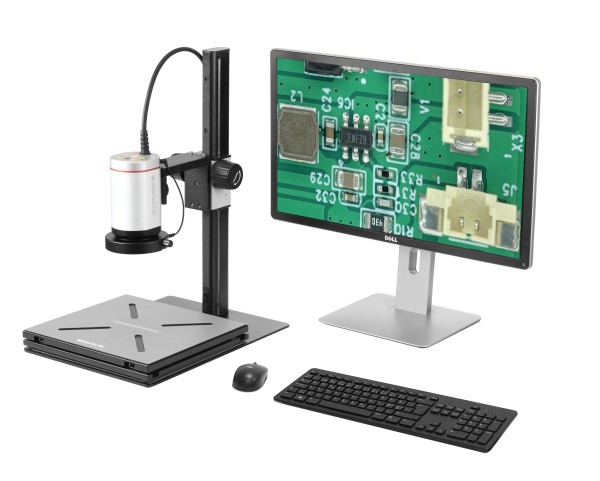
The collaboration sees the development of the Series U50 digital camera microscope with 4K resolution and 60 FPS frame rate for high-speed inspection and live working
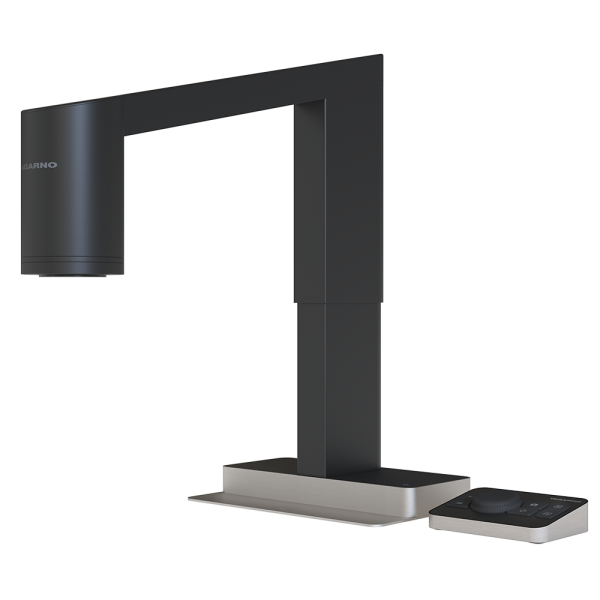
A shared vision: Close collaboration between Sony ISS and Denmark-based TAGARNO leads to the development of the world's first digital microscope featuring a 4K camera with 60 frames per second
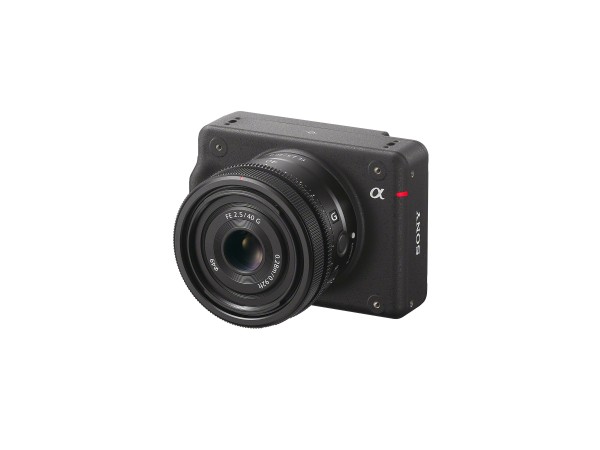
High-performance image-sensing solutions such as cameras are increasingly important in professional sports environments. Such equipment is featured in a surprisingly diverse range of applications. Inside stadiums, it is used for goal-line technology and more precise decision-making, the monitoring of grass quality, and the safety and security of competitors, officials, and spectators. Meanwhile, off the field, there is a rapidly expanding role in fan engagement through the creation of multi-channel immersive experiences.
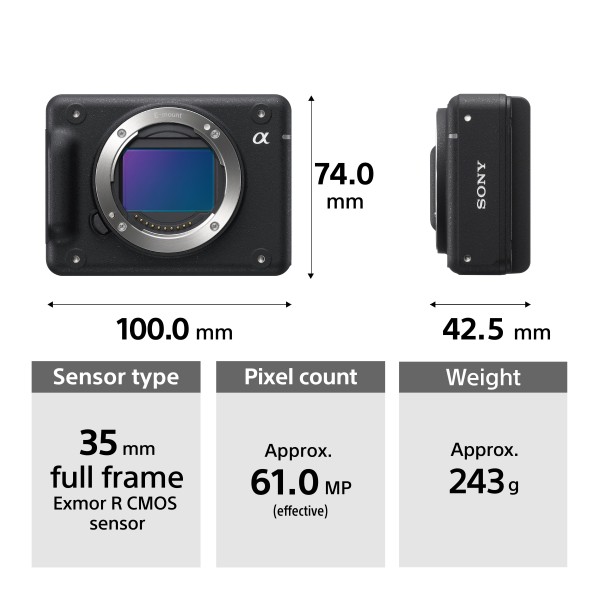
Drones have come a long way from the early days of being hobbyist toys used to experience the excitement and challenge of controlling a flying machine.
Nowadays, they are serious pieces of equipment, finding multiple applications in many sectors, from utilities and agriculture to defense.
Indeed, according to the Drone Manufacturers Ranking 2022 report, the commercial drone market has reached a stage of high technological sophistication, with the fleet growing massively. "The hype of recent years has faded", says the report, "and it is clear now that drone technology is here to stay since it offers very practical solutions to real-life problems."
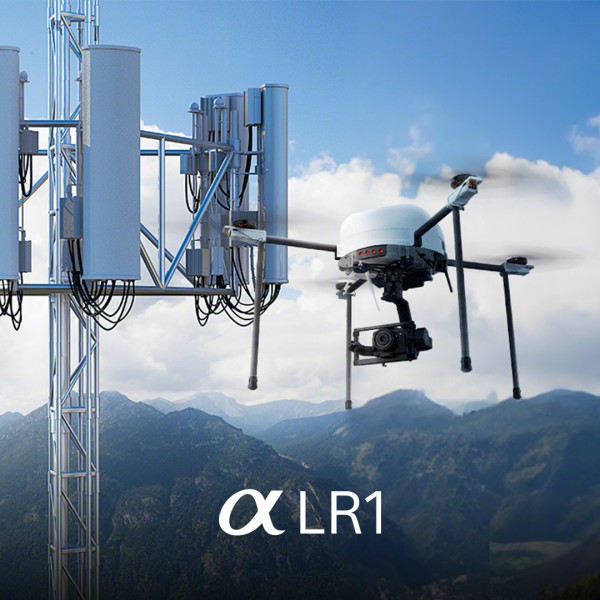
Drones have become a reliable and versatile tool for mapping, surveying, and inspection activities across various industrial sectors. This proliferation has been driven by the availability of rugged and ultra-lightweight imaging systems such as interchangeable lens cameras, which have allowed organizations in industries such as power and utilities to monitor assets remotely – saving time and money and reducing safety risks.
As the capability of drones has increased, so has the scope of their application too. Many companies and organizations now use drones to gather large amounts of data over vast geographic areas, streamlining operations and boosting efficiencies.
So, drones have become invaluable and economical ‘flying sensors’ in a data-driven world. Here, we highlight five top industry applications for drones with image-sensing capabilities, providing use cases highlighting their adaptability.
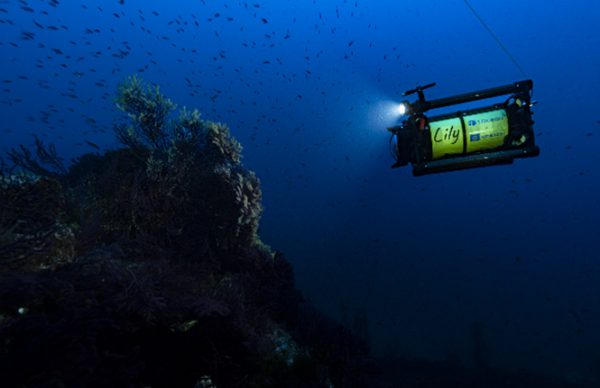
A huge proportion of the Earth’s oceans have still not been fully studied, due to the enormous depths involved. This means that we do not have a true understanding of the more inaccessible areas or the plant and animal species that inhabit them. Backed by UNESCO, the decade-long 1 OCEAN project is taking underwater exploration to places where it has never been before
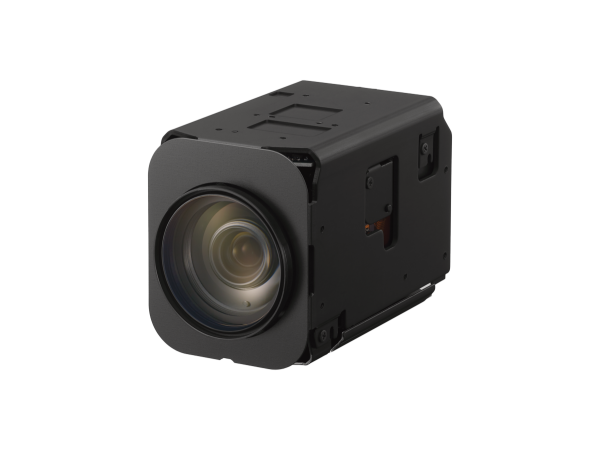
The Sony FCB-EV9520L sets itself apart from other camera blocks through several important attributes. Pivotal to its operation is the unique cell structure utilised. In order to boost sensitivity, the photodiode layer in each cell has been made much deeper than in conventional arrangements.
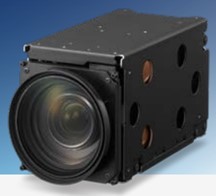
Autofocus (AF) is an essential feature of modern camera solutions, enabling sharper images. It is of value across a wide range of different applications scenarios, from automated industrial inspection and process monitoring to traffic management, AGV/robot machine vision, and city surveillance. Contrast sensor data is utilised to determine the optimal focal length. Based on that data, a controller will then adjust the optical system accordingly.
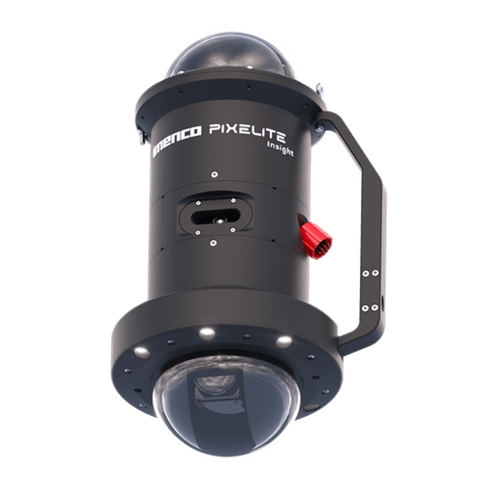
Fish farming will play an essential role in addressing increasing global food demands. As a worldwide business, it is currently experiencing a compound annual growth rate of close to 6%, and Allied Market Research predicts that it will be worth $378 billion by 2027. Consequently, these operations need to ensure the quality of their fish stocks to maximise yields and profitability levels. To do that, they must have access to advanced observation systems.
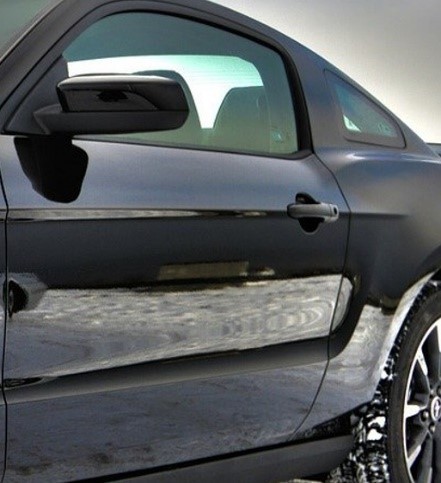
Cars are high value items of equipment, and any defects on their bodywork can be costly to repair. There are numerous different scenarios where the ability to rapidly carry out a visual inspection of a vehicle's exterior will be beneficial. Through such inspection activities, it will be possible to identify issues - such as dents, scratches to the paint, windscreen chips, etc.
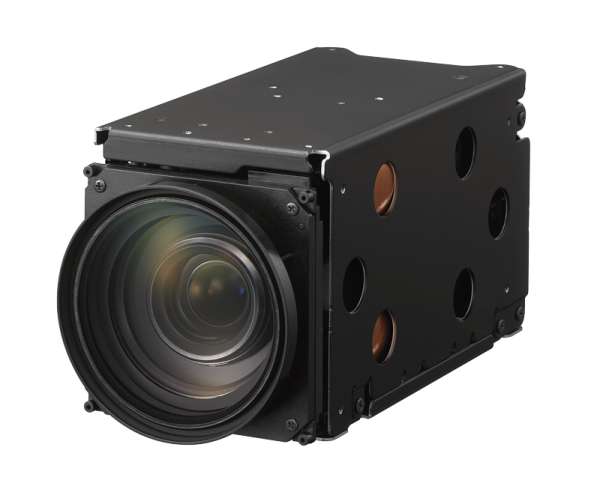
Following its release last autumn, Sony’s FCB 9500 Series of 4K colour video cameras has already gained strong commercial uptake.
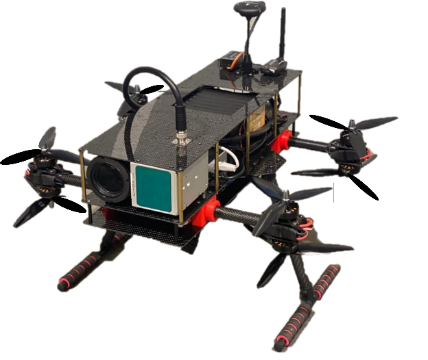
Headquartered in Glasgow, Scotland, Quantum Aviation specialises in developing technology for airspace security. It has various defence and government agency customers - providing protection to critical infrastructure (such as oil refineries, airports, etc.) from potential aerial threats. The company was founded by Martin Lanni (CEO) in 2013.
Marco Boldrini, Product Manager at Sony ISS, talks with Martin and Quantum’s CTO Will Robley about their most recent counter drone solution - the Raptor AI-driven tactical coaxial quadcopter.
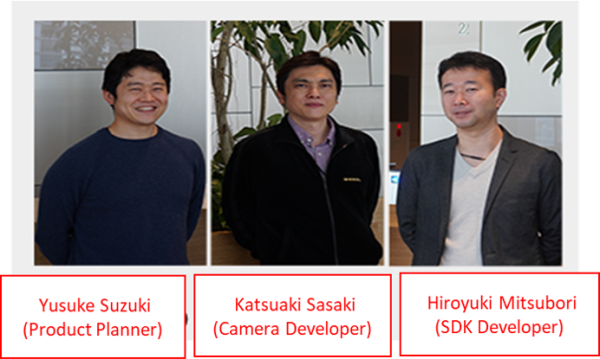
Sony’s polarization cameras XCG-CP510 and SDK enable image processing of subjects, which was difficult to realize with conventional machine vision cameras. Here, I asked the developers about the many attractions hidden in this “polarization camera".The interview will provide answers to user questions on the following points.

HarshCam retains focus and zoom-position after impact without need to restart - targeted at construction, sport, drones, homeland security, and disaster relief among others.

Happy new year. Thank goodness 2020 is over and it’s a delight to be thinking to 2021, to a year where we can (post a widely rolled-out vaccine) meet up again.
And with this in mind what should the industry be most excited about over the coming 12 months? For me, there are three key themes, more advanced sensor technologies, a closer interaction between software and hardware, and a move towards larger sensors. My top 5 for 2021 are:
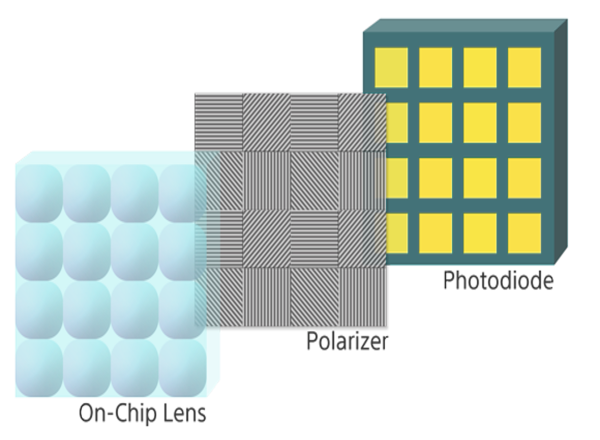
Polarised cameras and SDKs
How do on-chip polarisation sensors work? What applications do they enable? And how to get applications created 4 times faster.
Reflective glare can significantly hinder the accuracy and usability of an industrial camera. This is true in controlled visual inspection environments used for the quality-control analysis of components or packaging - where glare can hide a fault, and increase the chance of recalls.
And it is especially true in outdoor applications, such as ITS, where glare caused by highly-variable, unpredictable lighting can not only slow down systems such as automated motorway tolling barriers - for example by not capturing a license plate - it can prevent enforcement cameras from working and therefore reduce the risk of getting caught when, for example, running a red light.
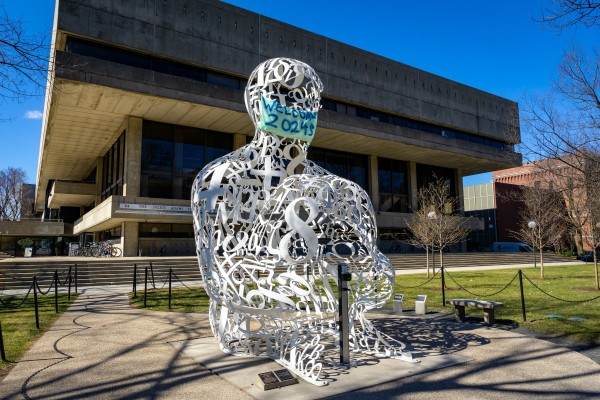
The rise of Covid and the need to socially distance means video conferencing is going to play a key role in businesses across the globe. And while low-res cameras have proved good enough to focus on individuals working from home, a new set of demands will be in place as businesses try to return to normal.
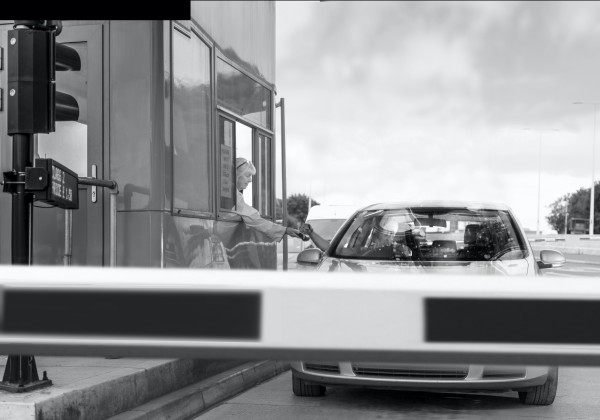
Polarised cameras enhance image quality, and usability in the prosecution of dangerous driving offences. The data is now glaringly clear: this significantly improves road safety

Security has become an increasingly important part of managing transport networks: be it a metro station with miles of interconnected tunnels or an airport with passengers running between terminal buildings.
Being able to track people and objects as they move through these structures is an essential part of keeping staff and passengers safe, but having a solution that monitors the perimeters is also important. This was well highlighted by the 2018 drone attacks on Gatwick Airport, the UK’s second busiest, highlighting the disruption that can be caused if surveillance isn’t wholly reliable with nearly 1,000 flights disrupted.
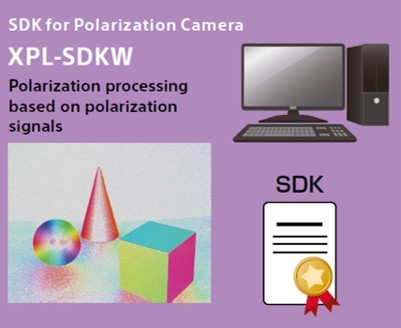
Sony's Polarization Camera and the SDK for the polarization camera, both of which were released in December 2018, achieve high functionality, high image quality, and high-speed processing. One notable aspect of the SDK is that it can be
used at minimal cost by eliminating the need for labor in implementing the polarization signal processing, which previously required specialized knowledge. In addition, polarization processing can be performed at full resolution and full frame rate by utilizing graphics processing units (GPUs), which have demonstrated powerful numerical processing capabilities in recent personal computers. This document mainly describes the functions and characteristics of the SDK
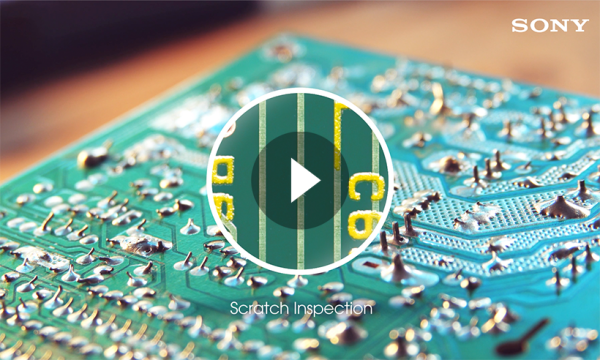
Case study - Beyond the twilight zone - how imaging systems using Sony FCB Camera module technology are being adopted for scientific research in the darkest depths of our oceans.
Blog Feature - What to Expect From Sony in 2018?
Extracts from a recent interview with MVPro on Sony's expectations for the Machine Vision industry for 2018.
Überblicke, Richtlinien und Technologie des IEEE1588-Protokolls
August 2017
The Big Interview Series - Sony Machine Vision camera development team.
September 2016
System factors drive efficiency in machine vision
May 2016
Case study - Les composants pour une vision industrielle efficace
May 2016
To view all of our archived case studies click here